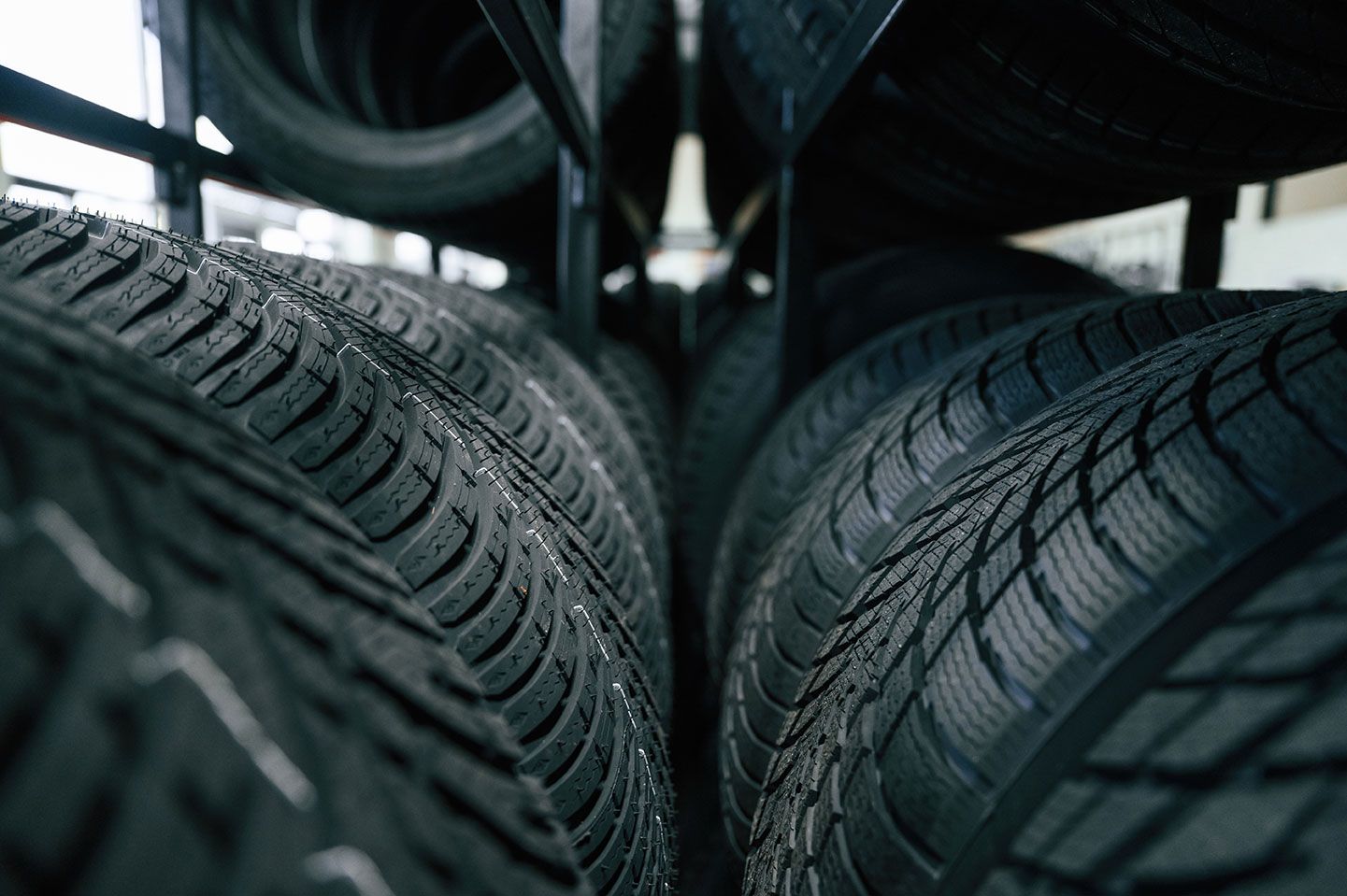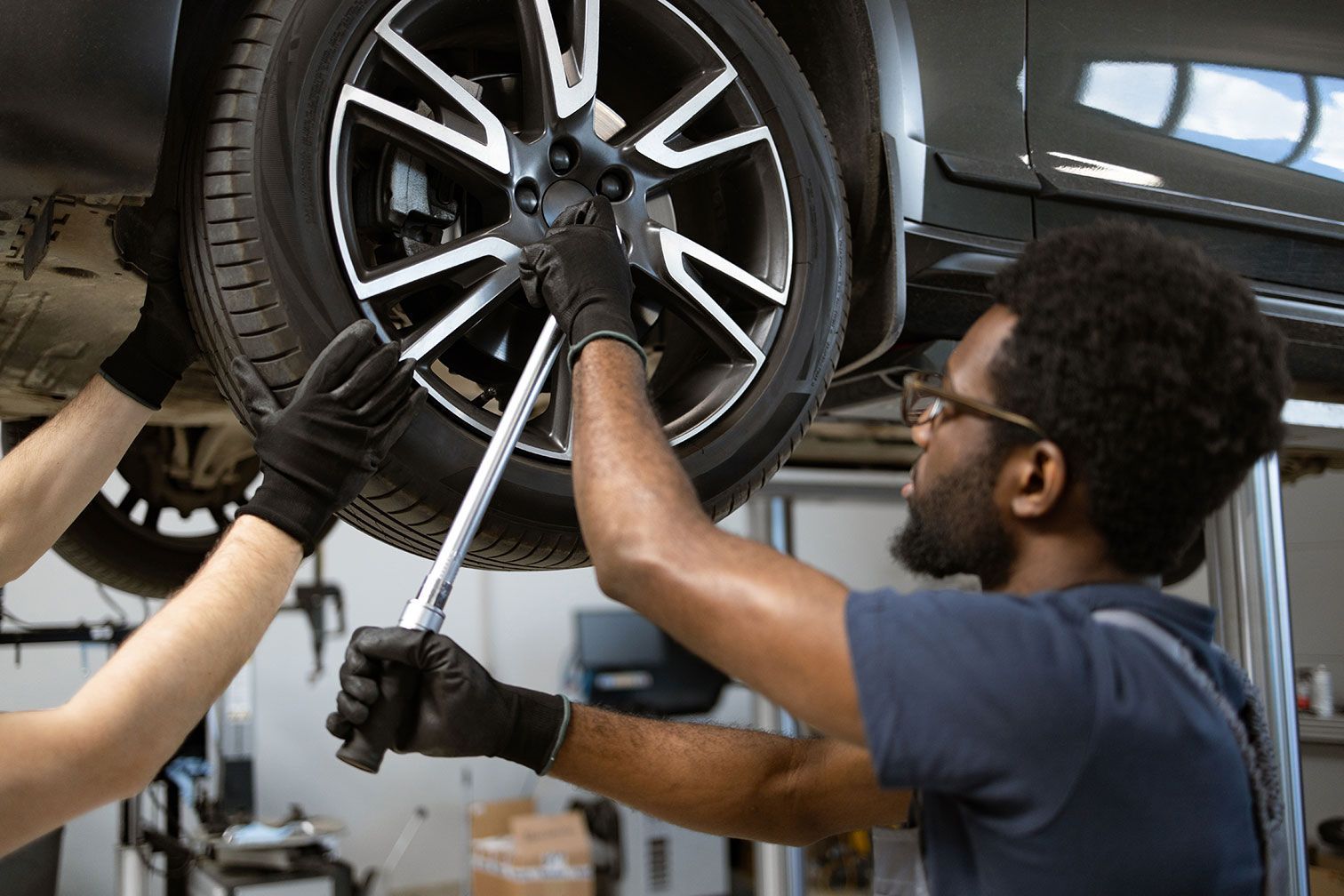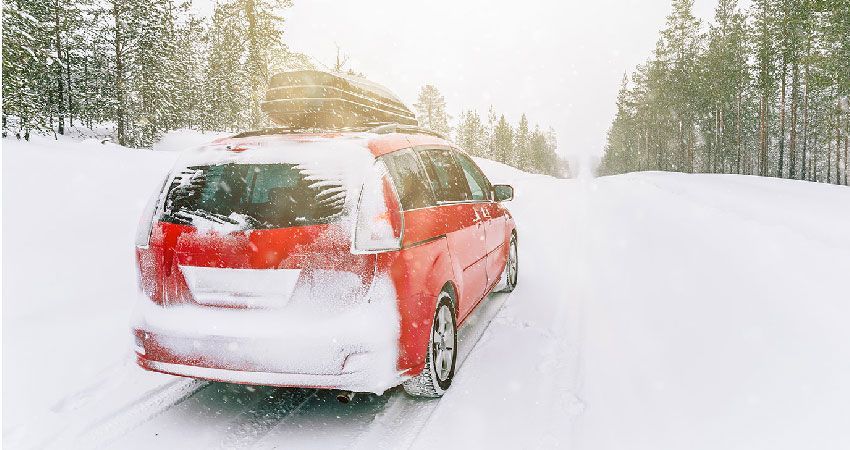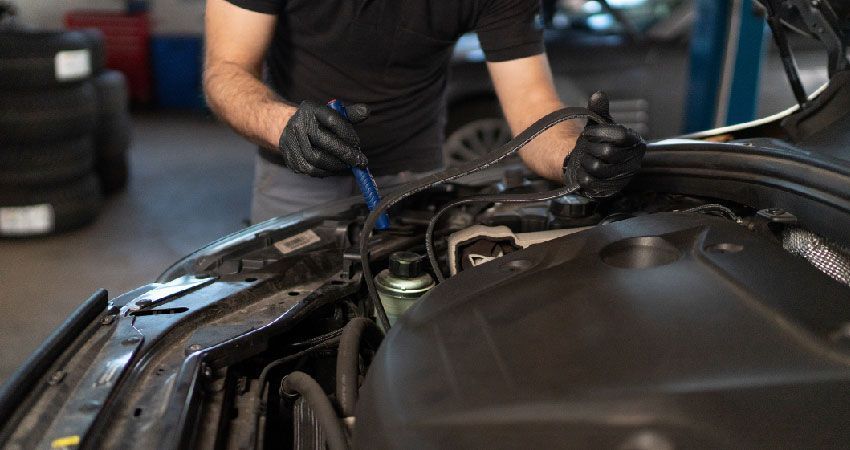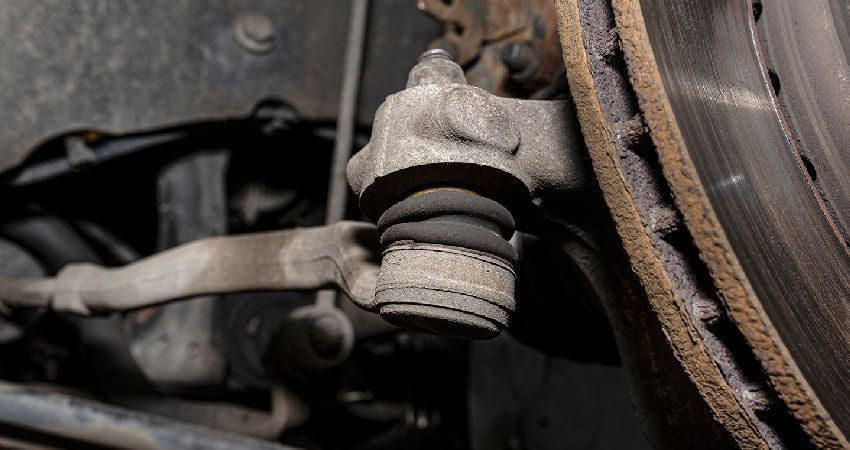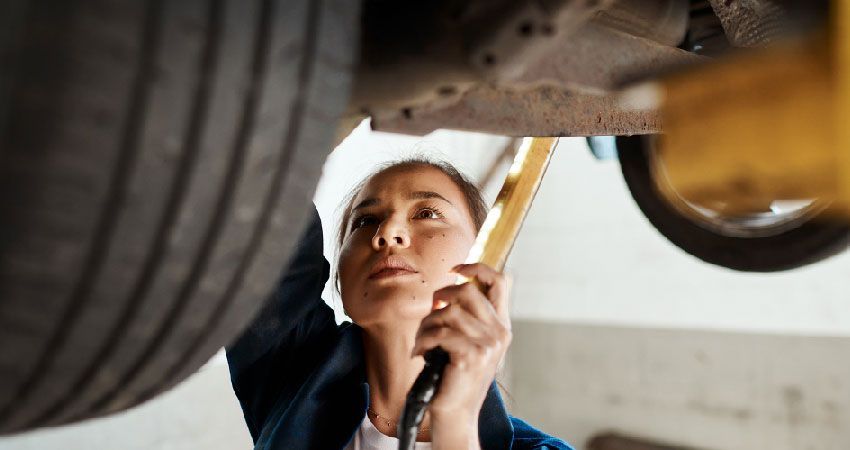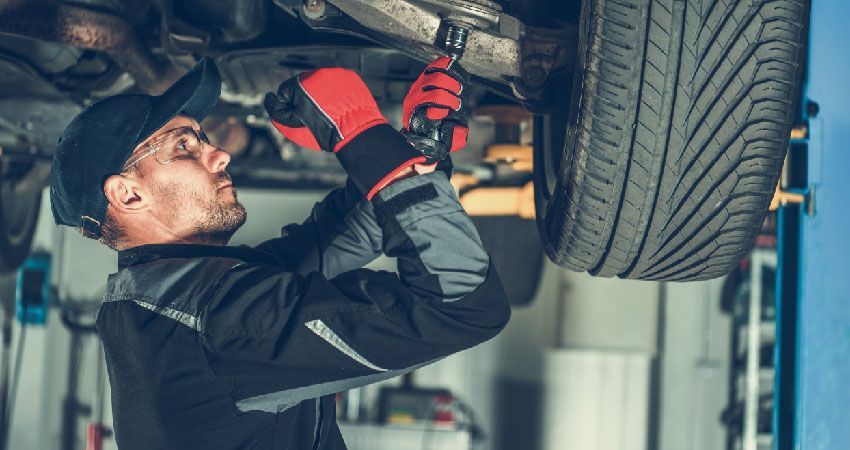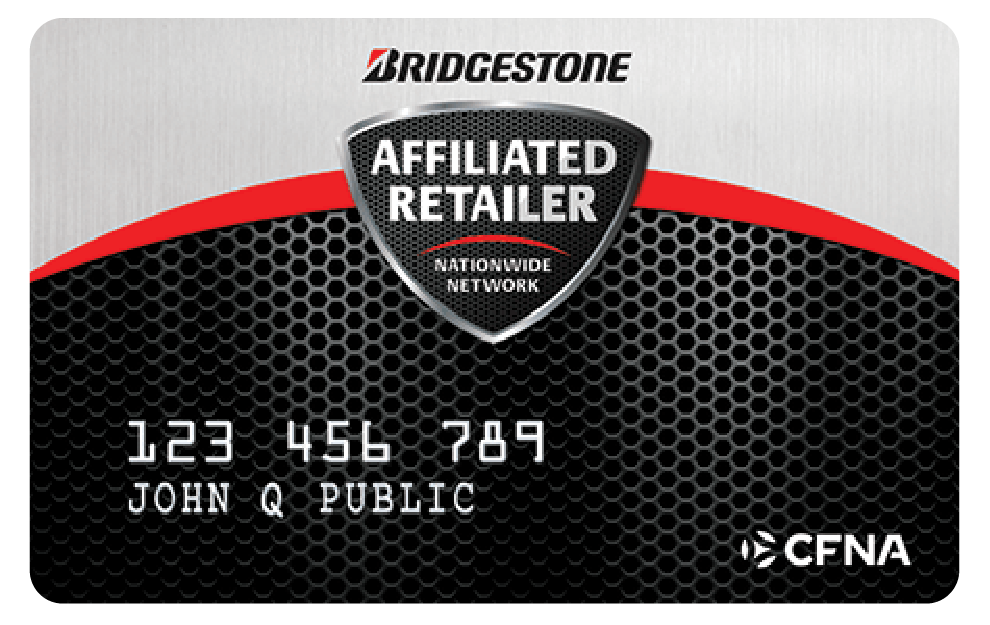Learn About Constant Velocity Joints

How does a constant velocity joint work?
Why do you need to replace a constant velocity joint?
When do you need to replace a constant velocity joint?
CV joints last from 70,000 to 130,000 miles, and over, but technicians recommend that they be inspected periodically. Your CV joint is composed of six steel balls that roll along grooves in a rotating ball-and-socket joint plus a steel cage, which holds the balls in place and moves as the balls roll along the grooves. So, as you can see, there are many moving parts in a CV joint. This is why a rubber boot is required to cover the joint and keep the joint’s grease clean. Over time, these boots can wear and crack. If the boot does crack, the CV joint will be exposed to wet roads and other debris. The joint will also lose its lubricating grease, which will further damage the joint’s moving parts. CV joint boots are visible under your vehicle and are easy to inspect. If they look worn or torn in any way have them replaced, and this can extend the life of your CV joint. You can also watch for any noises or vibrations coming from your front suspension or a loss of acceleration when you are turning. If you experience either of these two things, you may have a problem with your CV joint, and you should have it inspected and replaced if necessary.
CV joints last from 70,000 to 130,000 miles, and over, but technicians recommend that they be inspected periodically. Your CV joint is composed of six steel balls that roll along grooves in a rotating ball-and-socket joint plus a steel cage, which holds the balls in place and moves as the balls roll along the grooves. So, as you can see, there are many moving parts in a CV joint. This is why a rubber boot is required to cover the joint and keep the joint’s grease clean. Over time, these boots can wear and crack. If the boot does crack, the CV joint will be exposed to wet roads and other debris. The joint will also lose its lubricating grease, which will further damage the joint’s moving parts. CV joint boots are visible under your vehicle and are easy to inspect. If they look worn or torn in any way have them replaced, and this can extend the life of your CV joint. You can also watch for any noises or vibrations coming from your front suspension or a loss of acceleration when you are turning. If you experience either of these two things, you may have a problem with your CV joint, and you should have it inspected and replaced if necessary.
Comprehensive Coverage for All Your Automotive Repair Needs Awaits You!
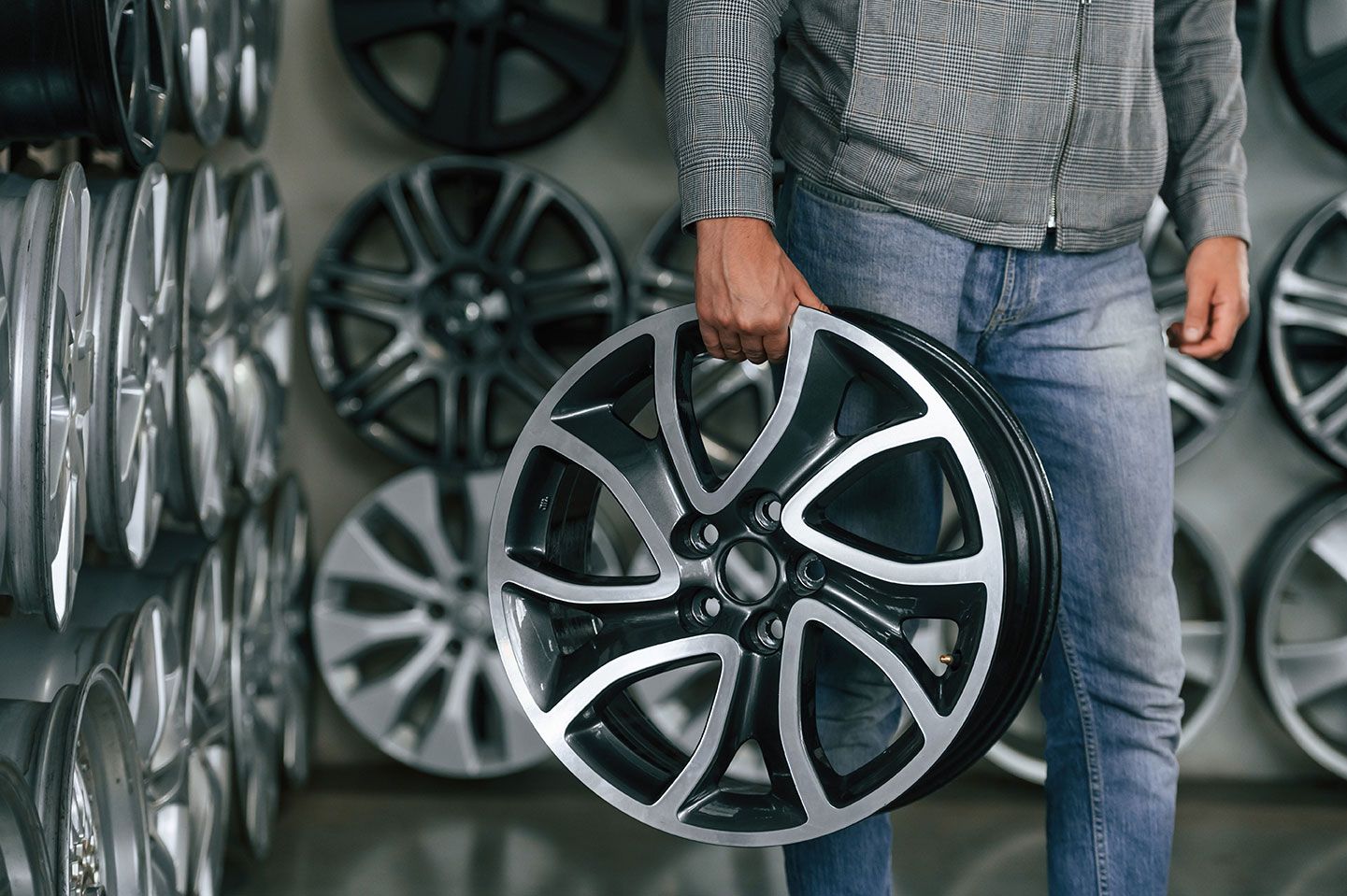
By Melissa Underwager
•
August 7, 2025
When it comes to the performance, safety, and aesthetics of your car, one often-overlooked but crucial component is the wheel. Car wheels serve not only as the foundation for movement but also play a significant role in handling, fuel efficiency, and overall driving experience. In this blog, we’ll dive deep into everything you need to know about car wheels, from their construction to how to choose the best ones for your vehicle.

